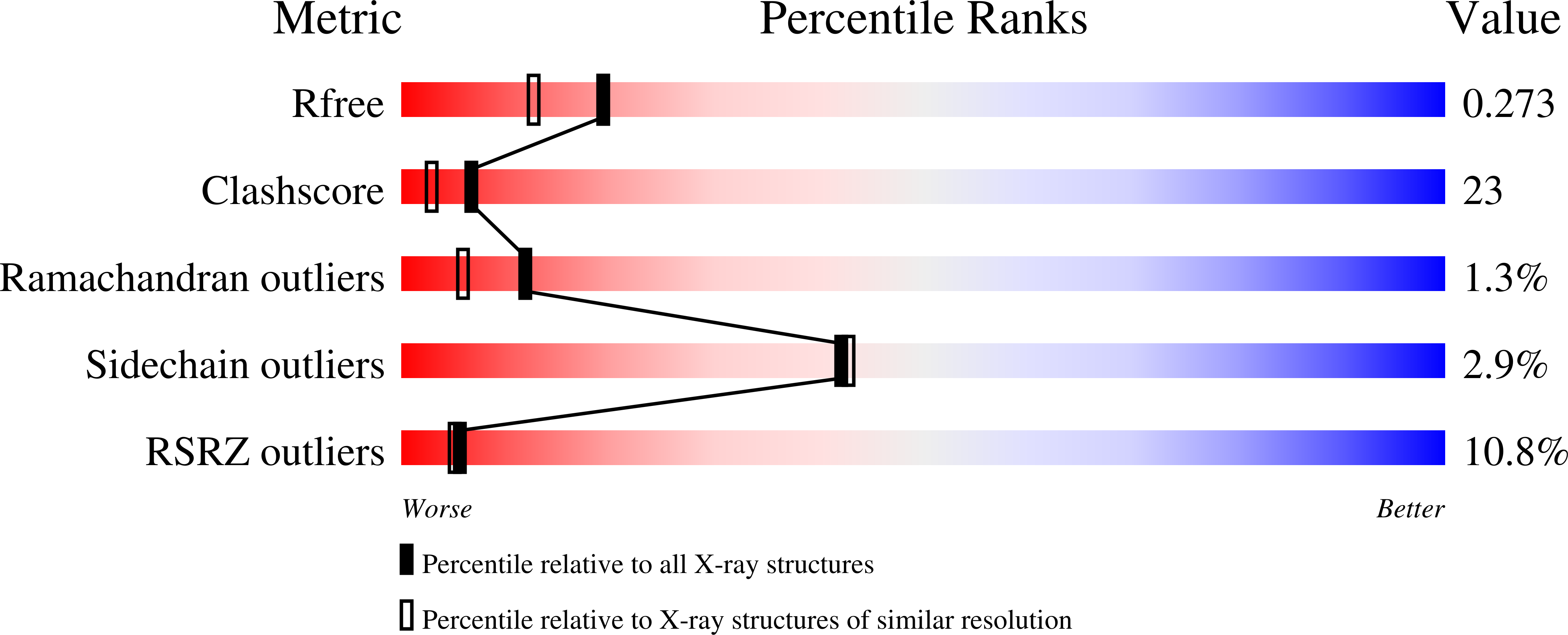
Deposition Date
2002-09-21
Release Date
2003-04-01
Last Version Date
2023-10-25
Entry Detail
PDB ID:
1IZ4
Keywords:
Title:
Pyrococcus furiosus PCNA mutant (Met73Leu/Asp143Ala): tetragonal form
Biological Source:
Source Organism:
Pyrococcus furiosus (Taxon ID: 2261)
Host Organism:
Method Details:
Experimental Method:
Resolution:
2.00 Å
R-Value Free:
0.29
R-Value Work:
0.26
Space Group:
P 43 21 2


